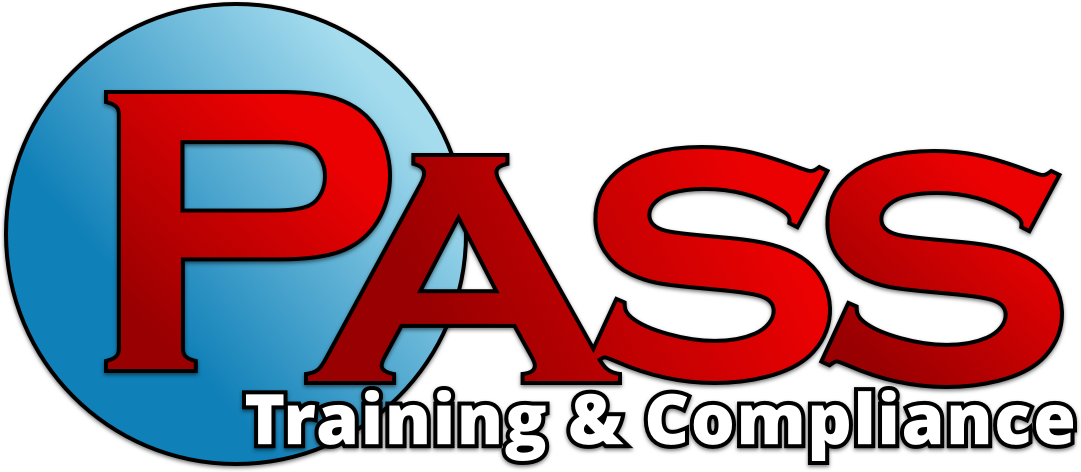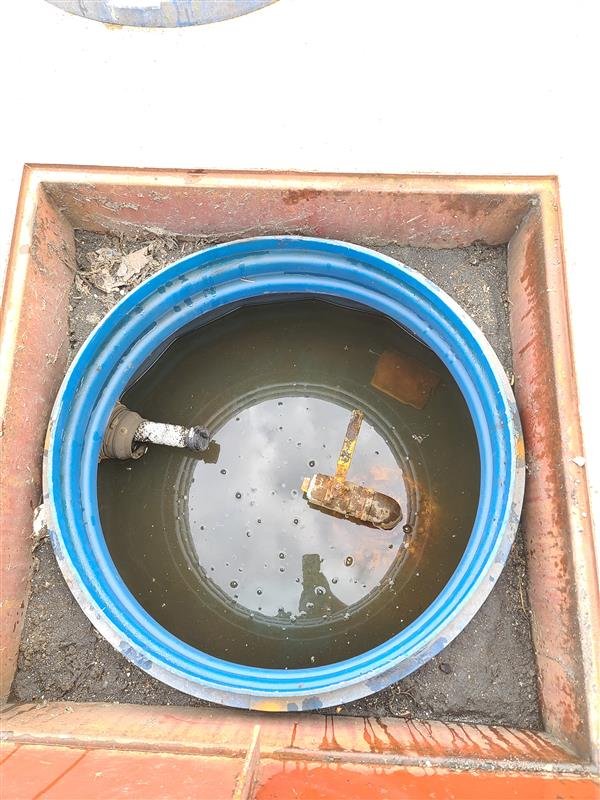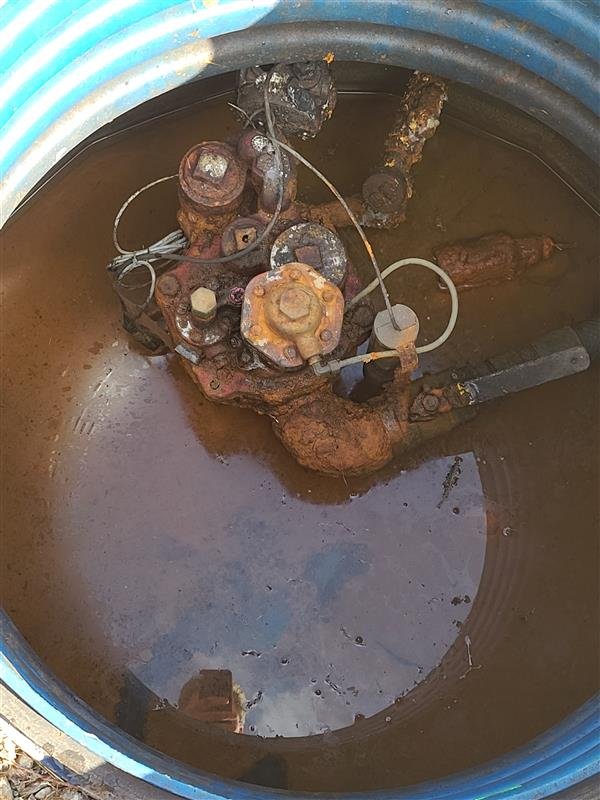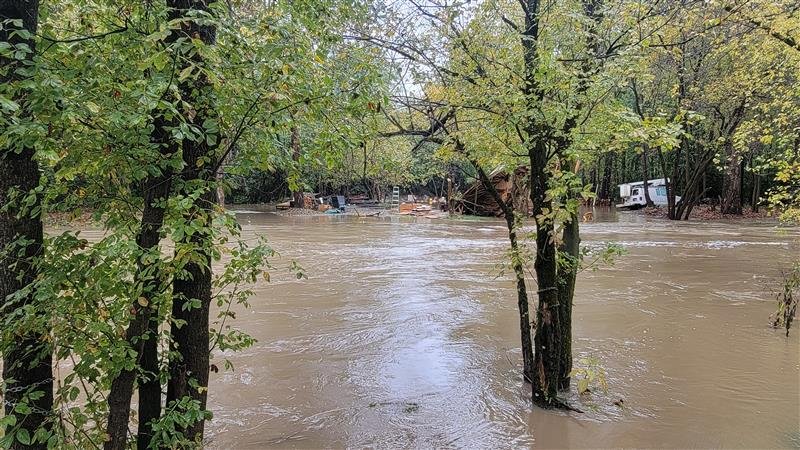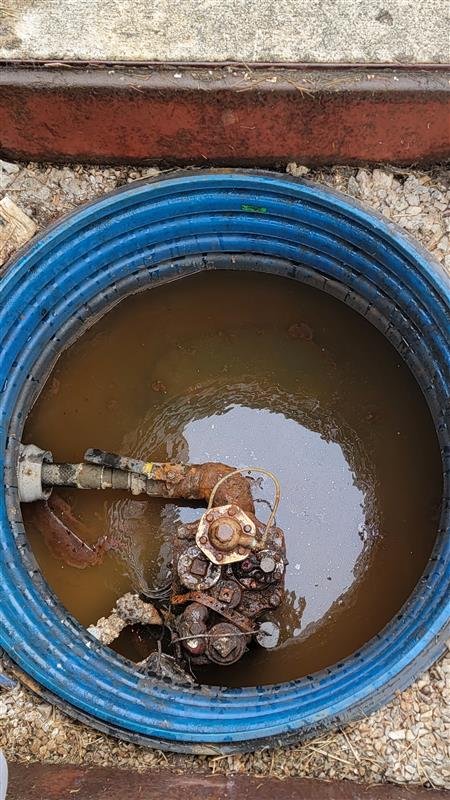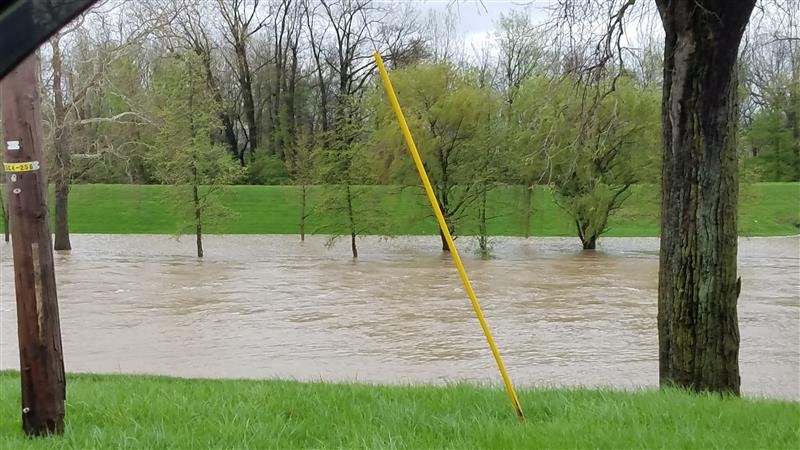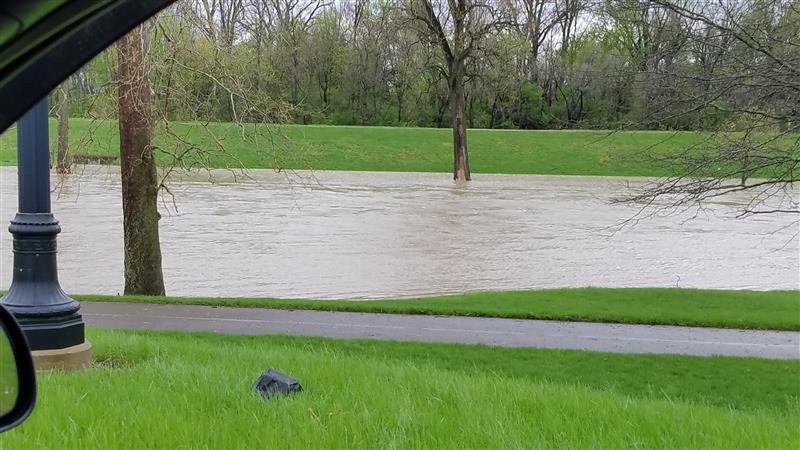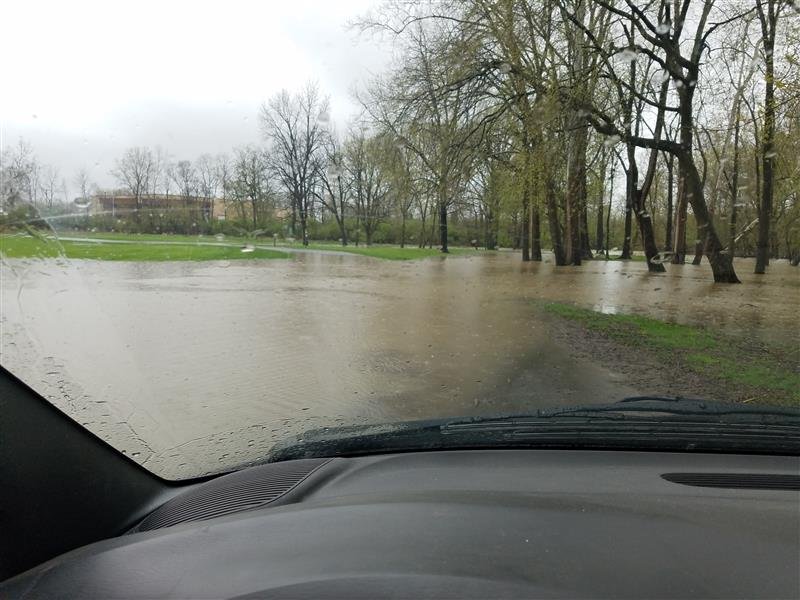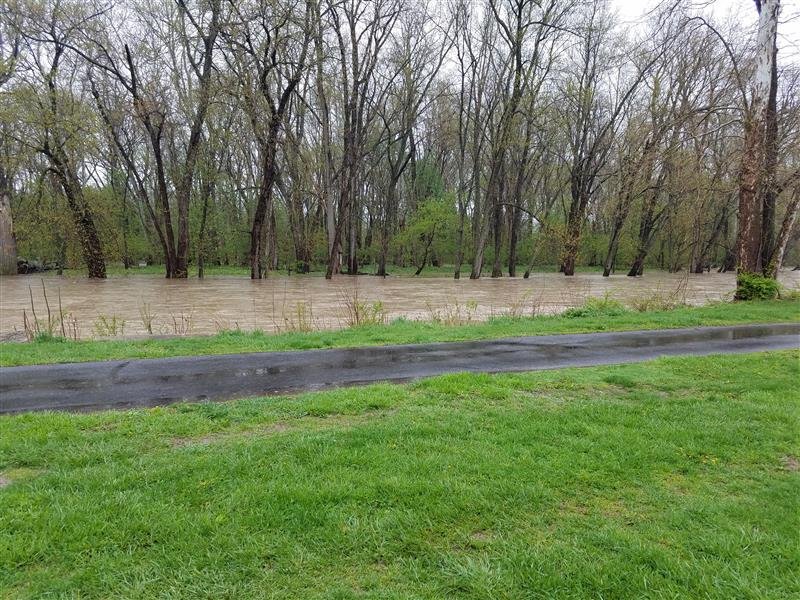Flooding and UST's
Flooding is a natural disaster that can cause severe damage to communities and infrastructure. The immediate dangers of flooding, such as property damage and displacement, are widely recognized, including the effects on fueling facilities and their associated underground storage tanks (USTs). UST owners and operators should be prepared to take action before, during, and after a flooding event to help minimize damage to UST systems and protect human health and the environment.
For UST facility owners and operators, one of the primary concerns during a flooding event is the potential for structural damage to UST systems. Floodwaters can exert immense pressure on USTs, leading to cracks, leaks, or complete failure. Flooding can also cause soil erosion and shifting, which can impact the stability and integrity of UST systems. The force of rushing water can wash away or displace the soil around the tanks, compromising their foundations. This instability can lead to tank movement, tilting, or even tank buoyancy.
Flooding can also introduce contaminants into UST systems, especially if the floodwaters contain chemicals, sewage, or other pollutants. Floodwater entering tanks can result in the watering down or contamination of the stored substances, making them unusable or potentially dangerous. In the case of fuel storage tanks, this contamination can impact fuel quality leading to engine damage, fuel system malfunctions, or compromised UST system performance. It is essential to assess and mitigate the risks associated with floodwaters entering a UST as quickly as possible to prevent additional damages or safety issues.
Proactive measures to address the effects of flooding on UST systems include using flood-resistant design for UST installations, maintaining effective leak detection systems, and regularly inspecting the USTs. Industry standards recommend preparing a flood mitigation plan before a flood event so that Class A/B operators and employees know how to handle a flooding event effectively. The flood mitigation plan should be easy to understand, and training should be provided. Additionally, UST owners and operators should follow the requirements provided by the State or Federal UST implementing agency to help reduce the risks associated with UST systems in flood-prone areas.
Many areas of the United States that have not been historically prone to flooding are experiencing the effects of climate change and severe weather patterns, so it’s more important than ever to have a flood mitigation plan prepared that can help to protect UST facilities against flooding.
The US Environmental Protection Agency (EPA) recommends taking the following precautions before a flood event or natural disaster to help reduce UST system damages :
Inspect the entire facility to determine the areas prone to flooding and what happens if the area floods
Take product inventory and water level readings of all USTs to account for product loss
Fill the tank with fuel to decrease buoyancy
Turn off power to the UST system (including pumps, STPs, and dispensers)
Make sure all fill caps are operable and secure
Ensure the seal on spill bucket plungers are operational to keep water out of the UST
Close the shear valve on pressurized piping
Temporarily cap off vent pipes
Place sandbags on top of sump lids to keep water out of the USTs
Protect fuel pump and controls to prevent damages
Once the floodwaters have receded and local officials allow re-entry, cleaning up after the flood can begin. Be aware of any potential hazards resulting from flooding and take proper safety precautions before entering the facility to assess flood damage. Some UST implementing agencies require that UST systems affected by flood waters must be inspected by a licensed UST installer, installation inspector or compliance inspector before bringing the UST system back into operation. The US EPA recommends the following actions be taken after the floodwaters have receded.
Make sure the power is off to any UST-related equipment
Inspect the concrete pad for any signs that the USTs moved or shifted
Inspect the UST system components for leaks, including sumps and secondary containment
Measure the product and water levels within the USTs
Remove any water or debris from the USTs
Inspect the electrical system and return power to the USTs
Check the release detection system for proper operation
Check all equipment, including pumps, shear valves, fill pipes, and vent lines
Clean and empty spill buckets and sumps (including those under dispensers and above tanks) and inspect piping and fittings for damage
Perform a UST system tightness test before adding product
Test and replace all damaged or inoperable spill buckets and sumps
If installed, test cathodic protection
Flooding can significantly affect UST systems, resulting in structural damage, soil erosion, contamination of stored substances, and environmental issues. UST owners and operators should know how to prepare for and respond to flooding events to prevent or minimize UST system damages. Customers rely on UST facilities to keep their vehicles and communities moving forward, come hail or high water.
